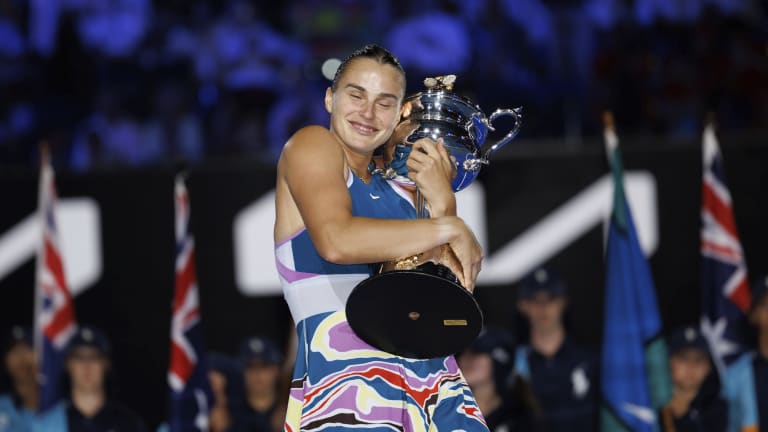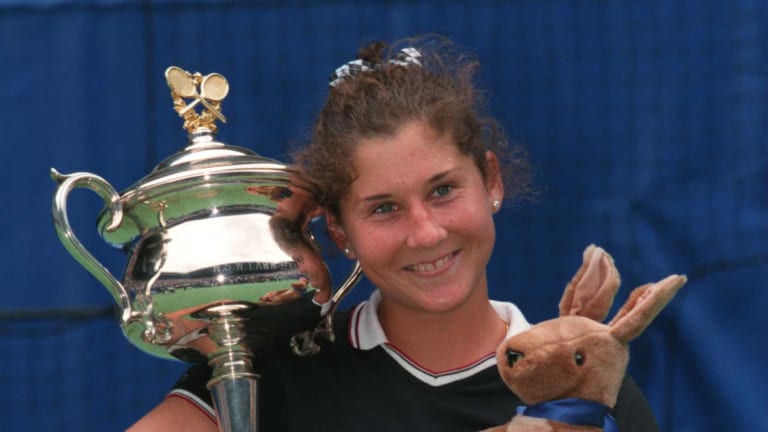Australian Open
The Wizards of Oz, starring Australian Open women’s champion Aryna Sabalenka
By Jan 28, 2023Australian Open
Jannik Sinner does it his way: He chose tennis over skiing and selected his new coaching team
By Jan 31, 2024Australian Open
The State of the ATP: What we learned from the 2024 Australian Open
By Jan 30, 2024Australian Open
'Grandissimo': Italian Premier Giorgia Meloni welcomes home Australian Open champion Jannik Sinner
By Jan 30, 2024Australian Open
The State of the WTA: What we learned from the 2024 Australian Open
By Jan 30, 2024Australian Open
The doubles mastery, and radical fun, of Hsieh Su-Wei
By Jan 29, 2024Australian Open
Pope Francis congratulates Italy after tennis player Jannik Sinner wins the Australian Open
By Jan 29, 2024Australian Open
'I like to dance in the pressure storm,' Jannik Sinner says ... and he did just that in his Australian Open triumph
By Jan 28, 2024Australian Open
First of many? Jannik Sinner's five-set comeback sinks Daniil Medvedev in Australian Open final
By Jan 28, 2024Australian Open
Soccer-mad Italy is now obsessed with tennis player Jannik Sinner after his Australian Open title
By Jan 28, 2024Australian Open
The Wizards of Oz, starring Australian Open women’s champion Aryna Sabalenka
Having just spent a fortnight in the zone competitors live for, the newest member of the Grand Slam club is now about to enter a zone of an entirely different nature.
Published Jan 28, 2023
Advertising

This part wasn't a dream; Sabalenka made it reality Saturday night.
© AP
Advertising

Seles won the Australian Open from 1991-93 and again in 1996.
© Getty Images
Advertising

King on the grass of Kooyong in 1965 while competing for her nation in the semifinals of the Federation Cup, now called the Billie Jean King Cup.
© AP
Advertising
Advertising

Seven of the Original Nine—Peaches Bartkowicz, Casals, Judy Dalton, King, Kerry Melville Reid, Kristy Pigeon and Valerie Ziegenfuss—were on hand for a special celebration ahead of the women's semifinals.
© Getty Images
Advertising

These two did end up sharing a chat.
© 2023 James D. Morgan